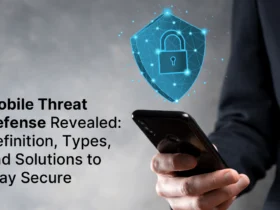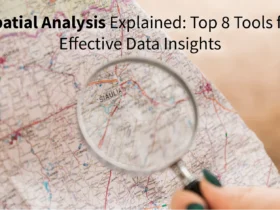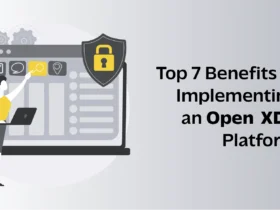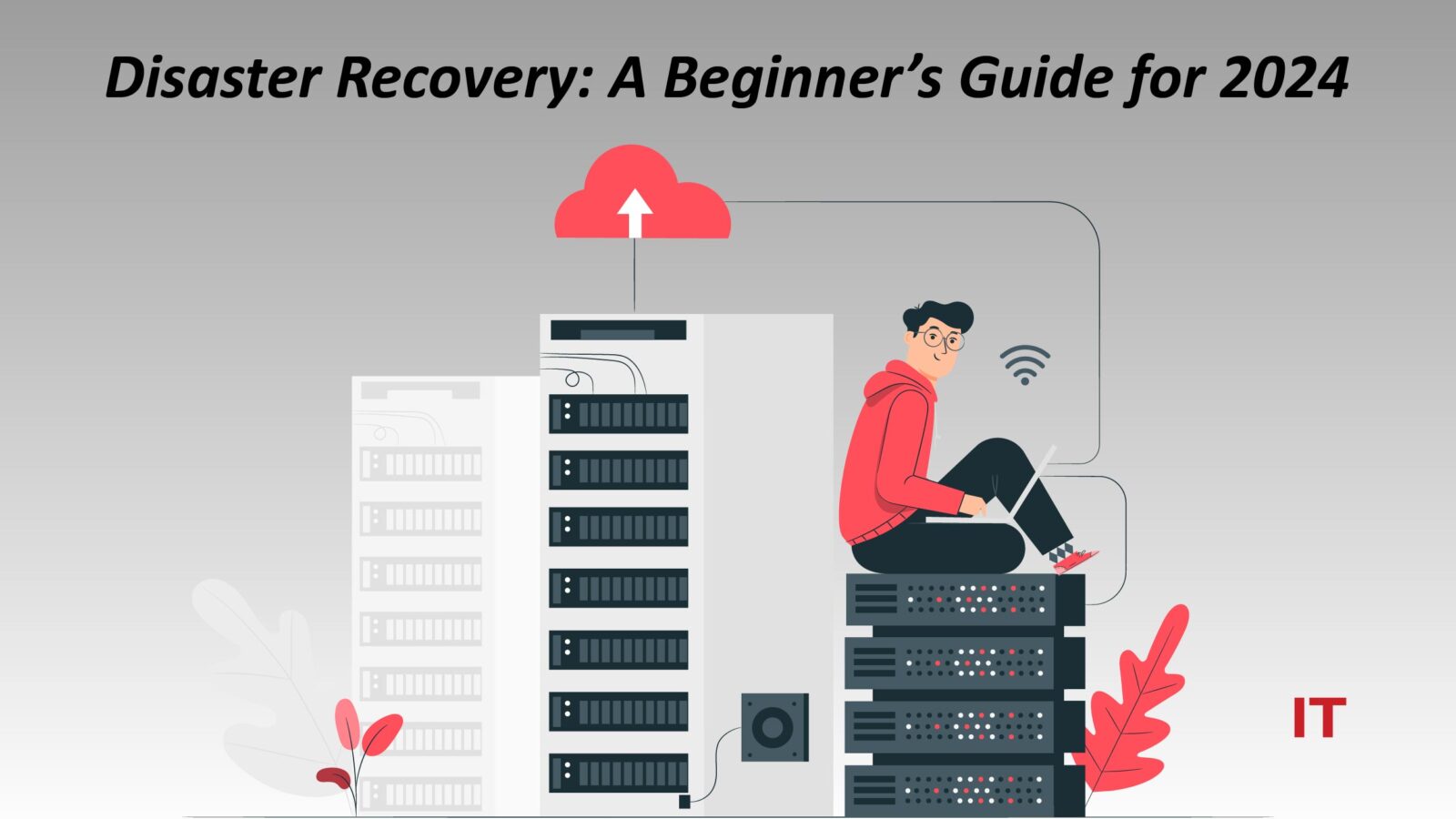Today’s businesses are increasingly facing problems caused by natural disasters, cyber-attacks, system failures, or other unforeseen events. As per Seagate, natural calamities such as wind, fire, and floods account for only 5 percent of company outages. The remaining 95% can be attributed to software bugs, human mistakes, and device malfunctions.
This is where disaster recovery (DR) plays a vital role. It combines the use of data backup strategies, redundant infrastructure, and well-defined recovery procedures to ensure that businesses can continue functioning seamlessly, even in the face of a disaster. This article, explains everything you need to know about disaster recovery solutions.
What is Disaster Recovery?
An organization’s method for anticipating and responding to technology-related crises is called disaster recovery. In a nutshell, it is a process of preparing for and recovering from any event—such as power outages, natural disasters, or security issues—that stops a task or system from achieving its business goals in its primary deployed location.
Recovery Point Objectives (RPO) and Recovery Time Objectives (RTO) are used to measure DR goals. This is typically used to tackle larger-scale disaster occurrences that are less common than those covered by high availability. DR refers to an organization’s protocols and guidelines for promptly recuperating from unforeseen circumstances.
Why is Disaster Recovery Important For Businesses?
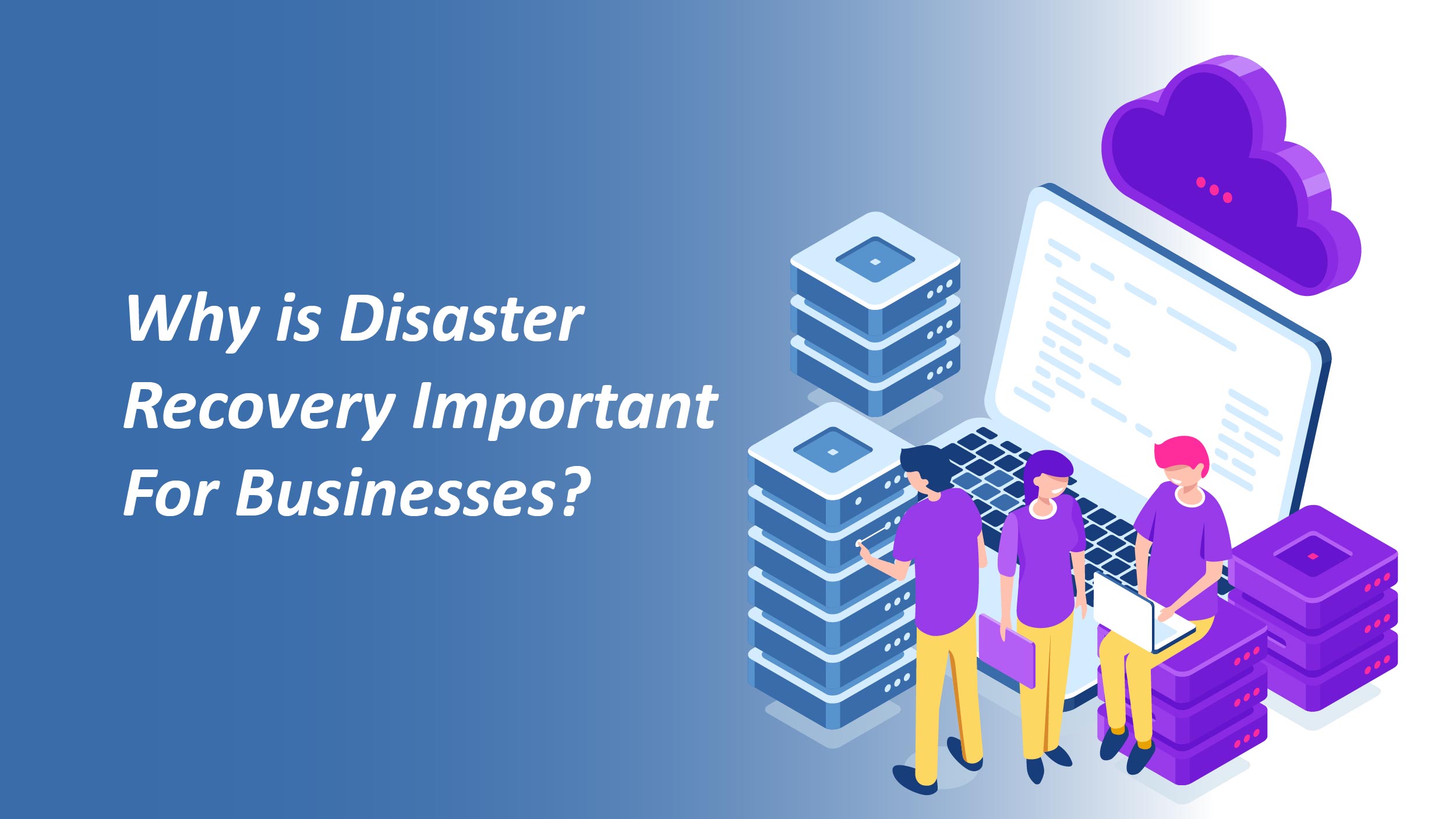 Disaster recovery is crucial because it ensures organizations can continue operating during crises. If a major incident occurs, companies with proper plans can quickly resume work. This helps them keep customers happy and prevents lost sales or revenue from long delays. DR also protects important data and systems from being lost or hacked. Strong recovery processes let firms rebuild securely if issues arise, without data breaches.
Disaster recovery is crucial because it ensures organizations can continue operating during crises. If a major incident occurs, companies with proper plans can quickly resume work. This helps them keep customers happy and prevents lost sales or revenue from long delays. DR also protects important data and systems from being lost or hacked. Strong recovery processes let firms rebuild securely if issues arise, without data breaches.
Beyond this, having proper recovery measures lets companies follow rules and laws for securing sensitive details, like customer records. Lastly, being prepared for disasters makes businesses more competitive. Those able to provide products and services despite problems can even gain new buyers when rivals cannot operate. In summary, recovery planning shields a firm’s work and reputation by allowing safe, reliable operations under any conditions.
Also Read: What is Big Data Architecture? A Comprehensive Guide
How to Measure the Effectiveness of Disaster Recovery Strategies?
Recovery Time Objective (RTO): RTO is basically about how long it’s okay for critical systems or applications to be down during a disruption. It tells you how quickly things need to get back up and running after something goes wrong. Keeping an eye on RTO helps businesses know how well their recovery processes are working and what they can do to make them better.
Recovery Point Objective (RPO): RPO is all about how much data you can afford to lose if something goes wrong. It helps decide how often you need to back up your data and shows how good your data recovery setup is. Checking RPO ensures that data is safe and can be restored to where you need it to be.
Testing and Maintenance: Regularly testing your DR plan is super important to make sure it works when you need it. Running simulated disaster scenarios and seeing how it responds can highlight any gaps or weak spots we need to fix.
Business Impact Analysis (BIA): BIA helps you figure out how bad things could get if something goes wrong with critical business processes, systems, or apps. It helps decide where to focus recovery efforts and how to best use resources. Doing a BIA lets you spot weaknesses, see how well your recovery plans work, and make smart choices to make them better.
Compliance Requirements: It’s crucial to make sure your DR plans meet the rules and standards set by regulators and industries. Showing that your plan ticks all the compliance boxes proves you’re serious about protecting your data and managing risks.
Incident Response Plans (IRPs): IRPs are all about what to do right away when something bad happens, working alongside your DR plan. They lay out the immediate steps to take during a crisis to minimize the damage. Checking how well your IRPs fit with our overall recovery strategy is key to handling disasters effectively.
How Does Disaster Recovery Work?
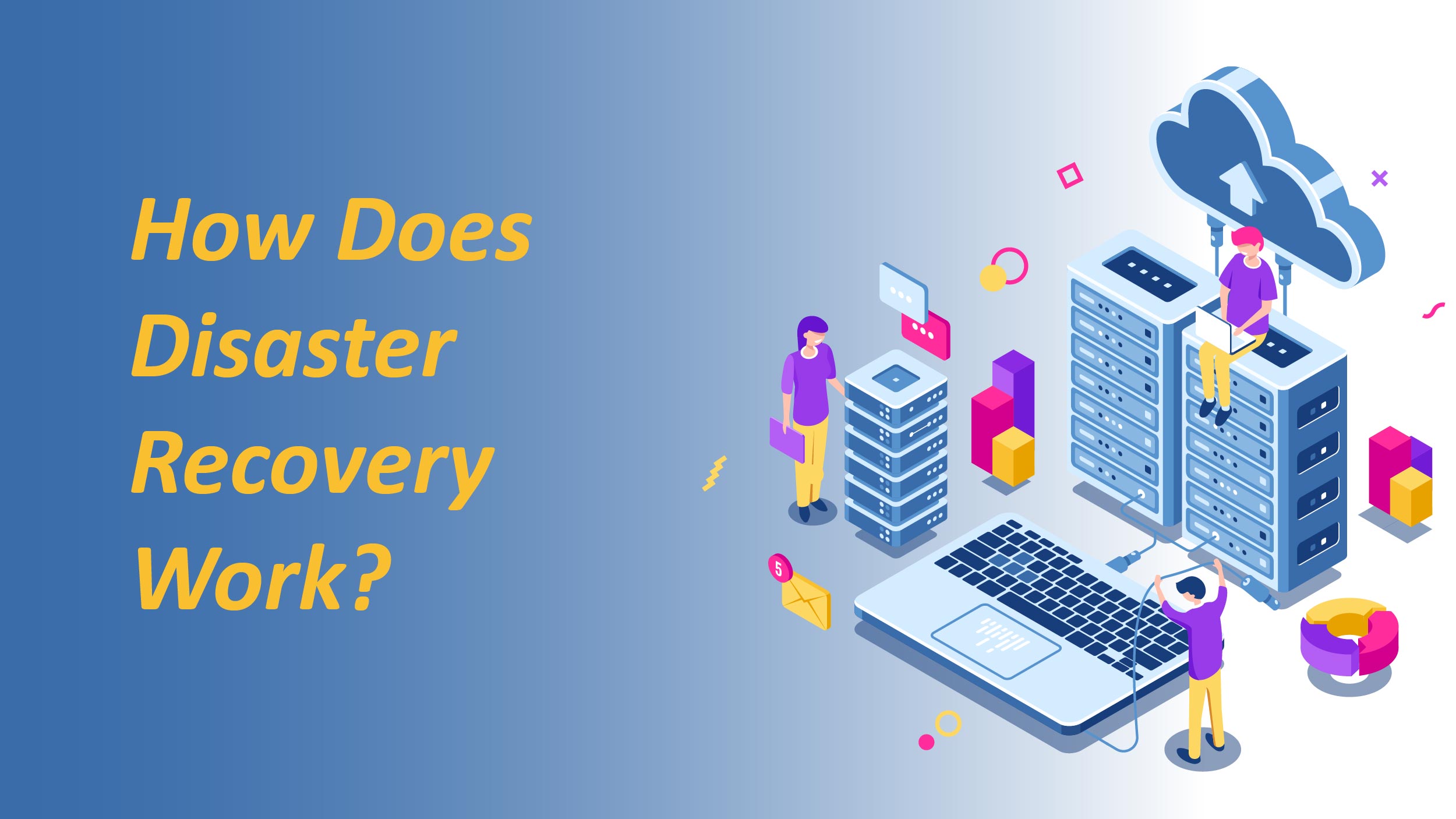 Disaster recovery keeps businesses running if something bad happens. It makes copies of data and systems in another place that stays safe. If servers crash from storms, hackers, or broken parts, companies need to get data back from safe copies. The safe place also has computers to run things from if the main site goes down.
Disaster recovery keeps businesses running if something bad happens. It makes copies of data and systems in another place that stays safe. If servers crash from storms, hackers, or broken parts, companies need to get data back from safe copies. The safe place also has computers to run things from if the main site goes down.
A reliable plan for recovering from issues has three significant parts:
- Preventive: Making systems secure and stable is key to using tools to prevent disasters from occurring. This involves backing up crucial data, and constantly checking for errors and rule violations.
- Detective: To recover rapidly, you must know when action is needed. These measures detect unwanted events instantaneously.
- Corrective: These aim to plan for potential recovery scenarios, ensuring backup operations reduce impact, implementing recovery procedures swiftly, and restoring data and systems.
Usually, DR securely replicates, backs up critical data, and transfers workloads to secondary location(s) disaster recovery sites. Such a site recovers data from a recent backup or previous point. Organizations can switch to using DR planning sites if primary locations fail due to unexpected events until the primary is restored.
Types of Disaster Recovery
DR methods come in various forms, each offering different levels of protection and continuity. Here are some types of businesses can be considered:
- Backup: This is a basic method where data is stored off-site or on a removable drive. While it ensures data preservation, it doesn’t address the IT infrastructure’s recovery needs.
- Cold Site: Businesses set up a basic infrastructure at a secondary site, which provides a workspace post-disaster. It helps with continuity but doesn’t cover data protection or recovery, needing additional methods.
- Hot Site: These sites maintain real-time data copies and minimize downtime, though they are more complex and expensive to set up compared to cold sites.
- Disaster Recovery as a Service (DRaaS): DRaaS moves an organization’s computing to a cloud infrastructure during disasters, ensuring seamless operations. It’s available through subscription or pay-per-use models, offering flexibility but requiring careful consideration of provider location.
- Backup as a Service: Similar to off-site data backup, a third-party provider handles data backup without covering the IT infrastructure.
- Datacenter DR: Physical data center elements like fire suppression tools and backup power sources aid in faster recovery from certain disasters.
- Virtualization: It involves backing up operations or even entire computing environments on off-site virtual machines, automating recovery processes for faster restoration.
- Point-in-Time Copies: Also called snapshots, this method captures the entire database at a specific time, allowing data restoration from an unaffected location.
- Instant Recovery: Similar to point-in-time copies, but it takes snapshots of entire virtual machines for faster restoration.
Each method offers unique benefits and considerations, and businesses often employ a combination to ensure comprehensive DR plans.
Final Takeaway
Disaster recovery is crucial for organizations to maintain their continuity and resilience amid unanticipated catastrophes. It is not just important. Organizations may defend their brand, customer trust, and financial stability by implementing efficient DR methods that reduce downtime, secure essential data, and expedite the recovery of operations.






















